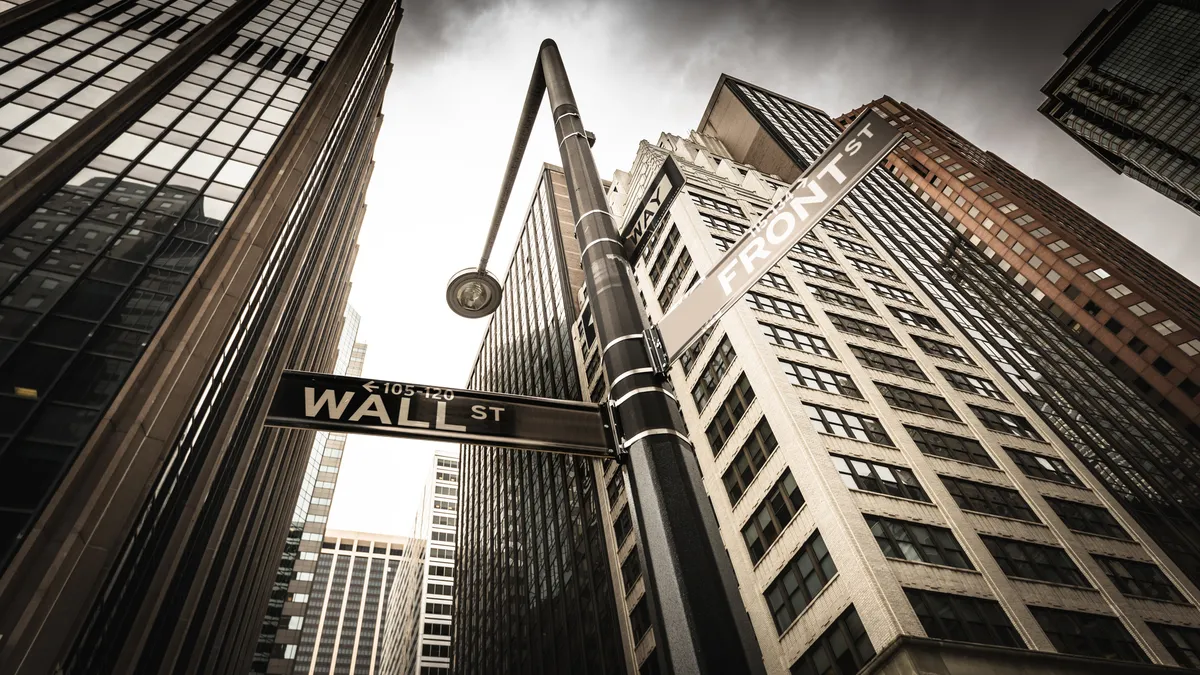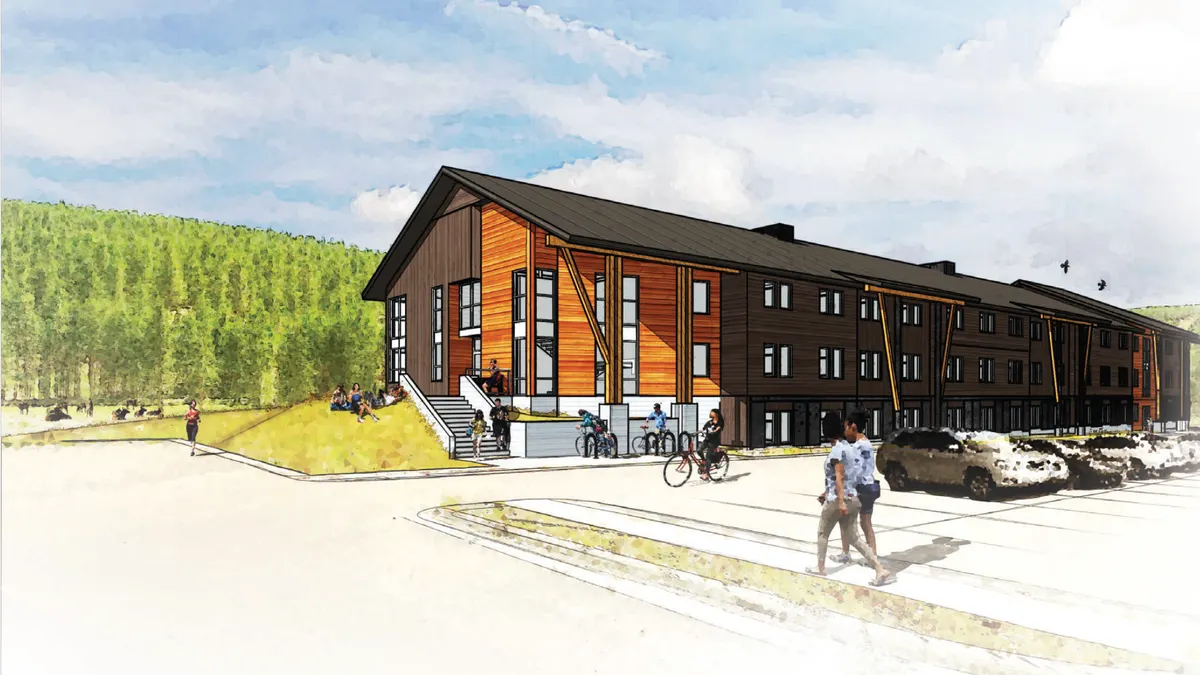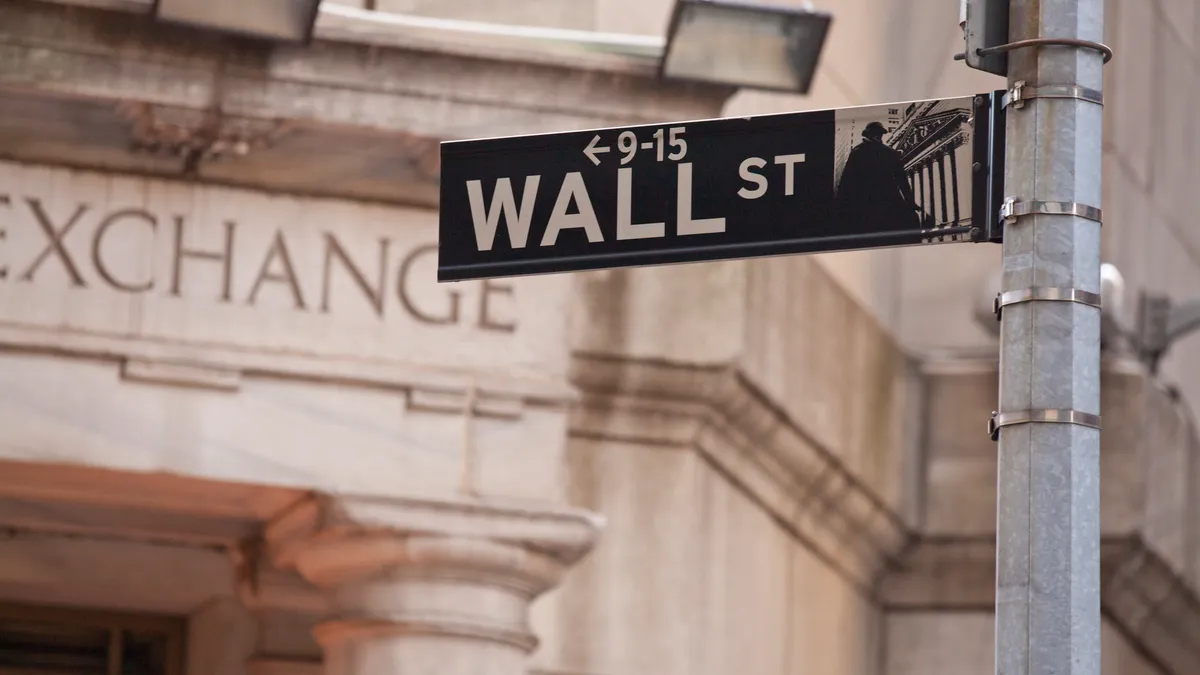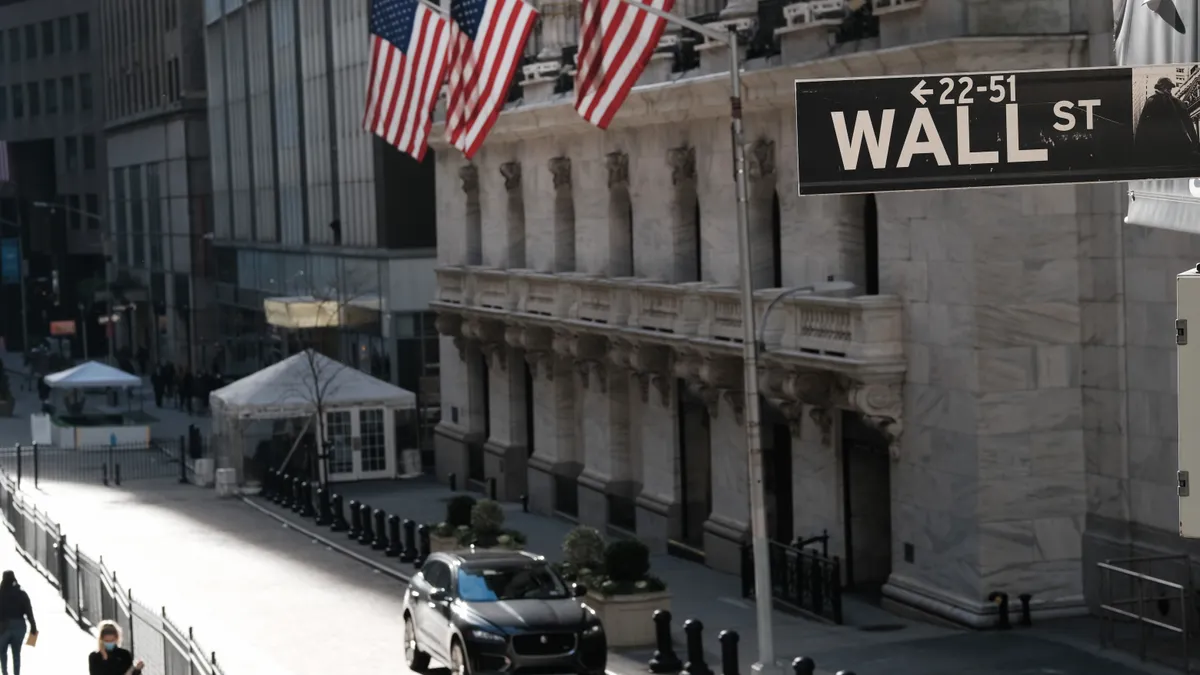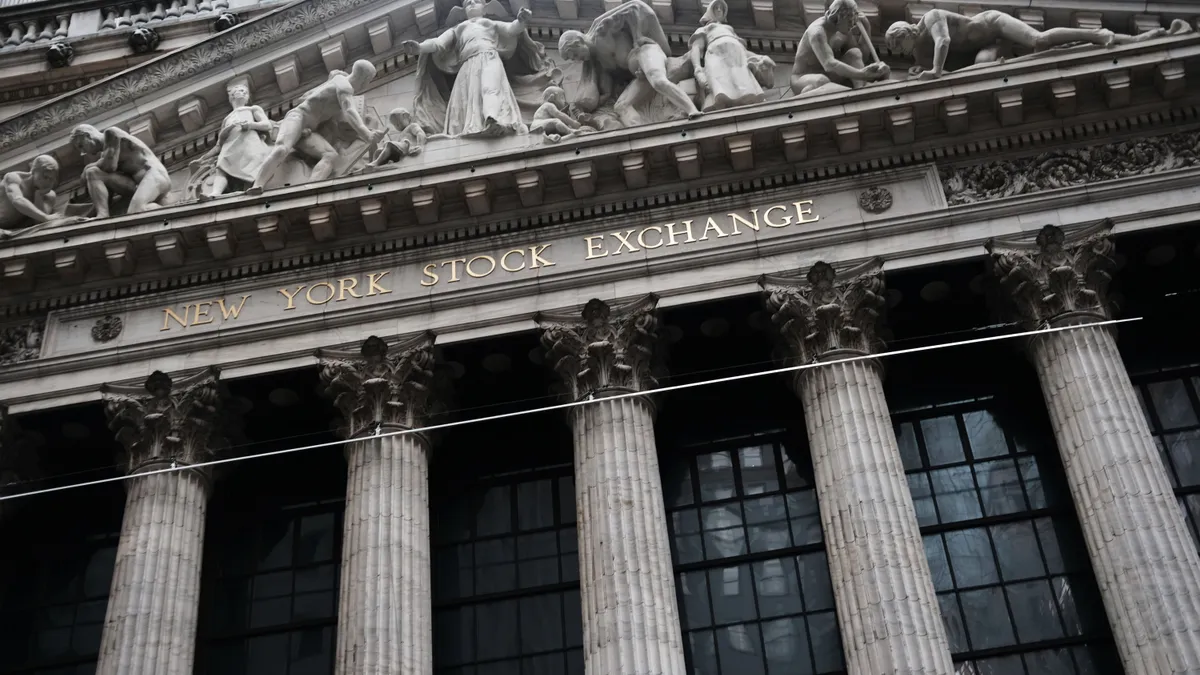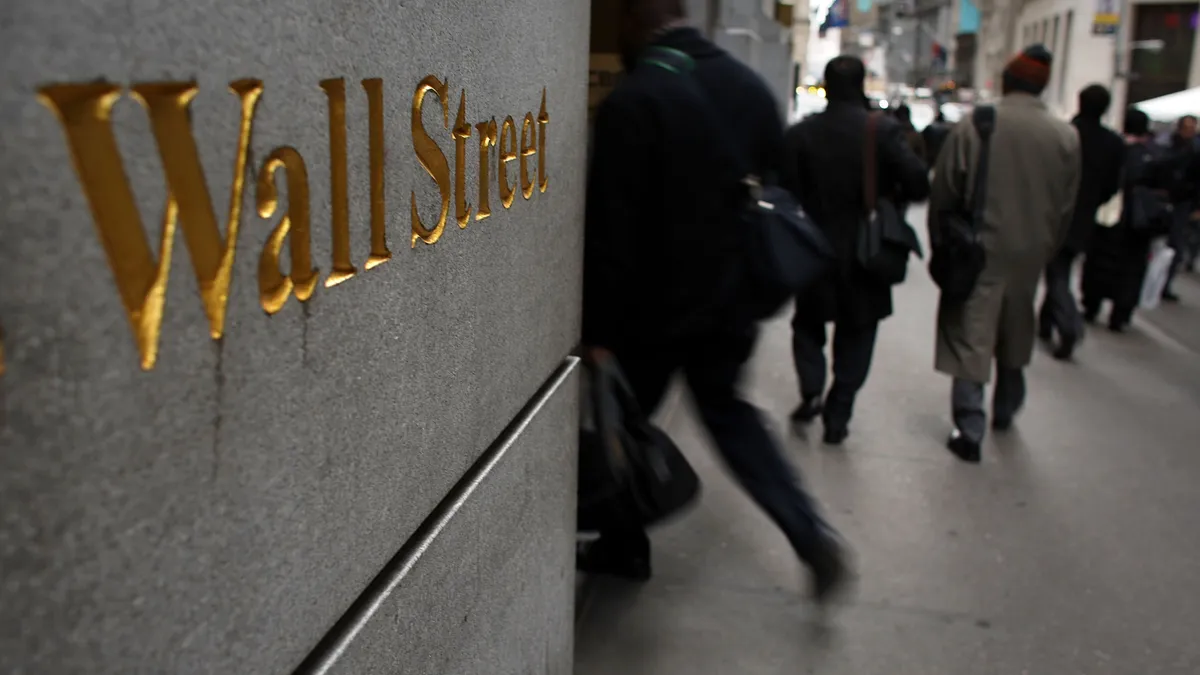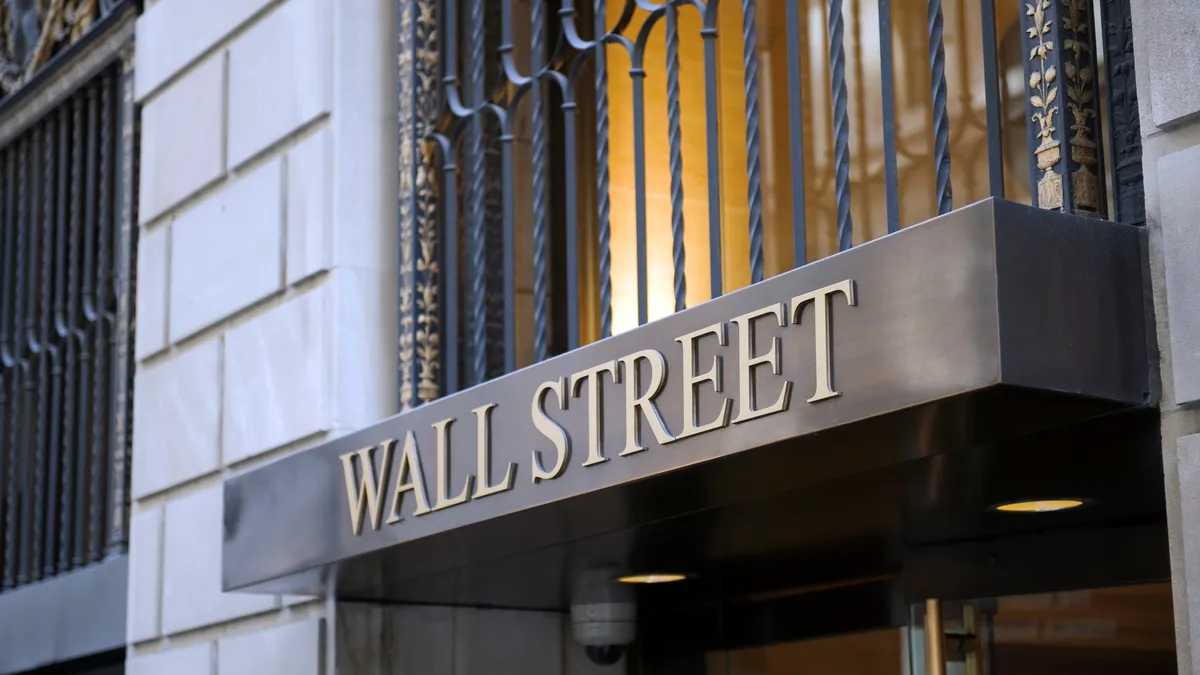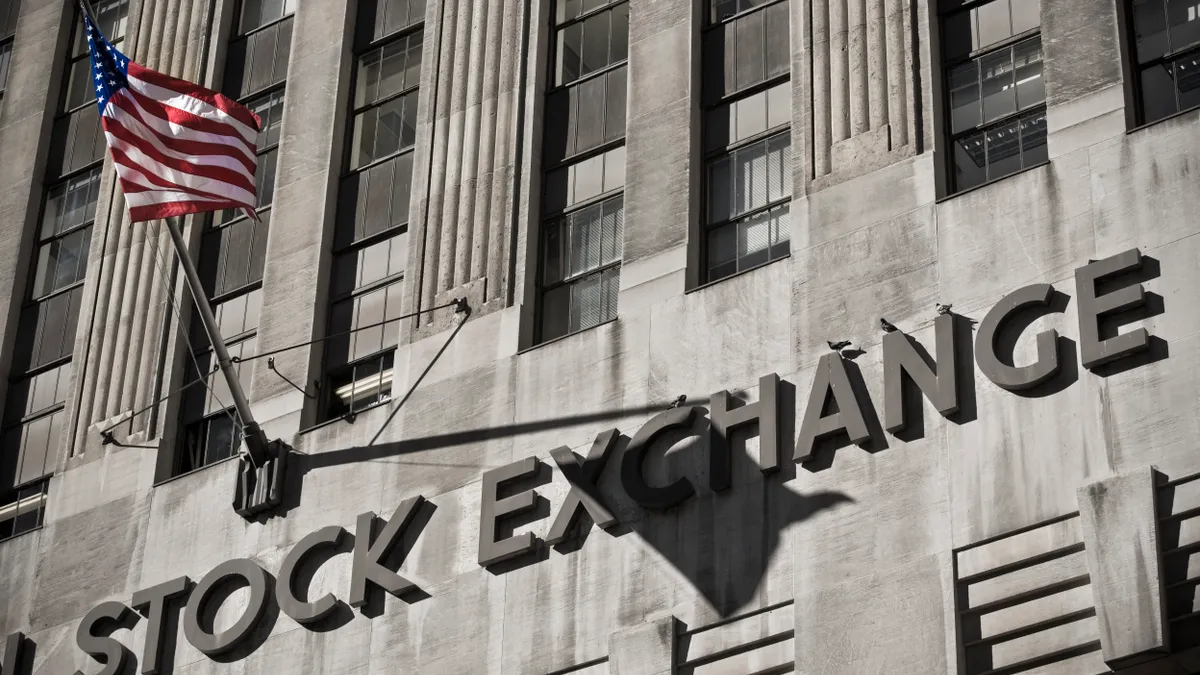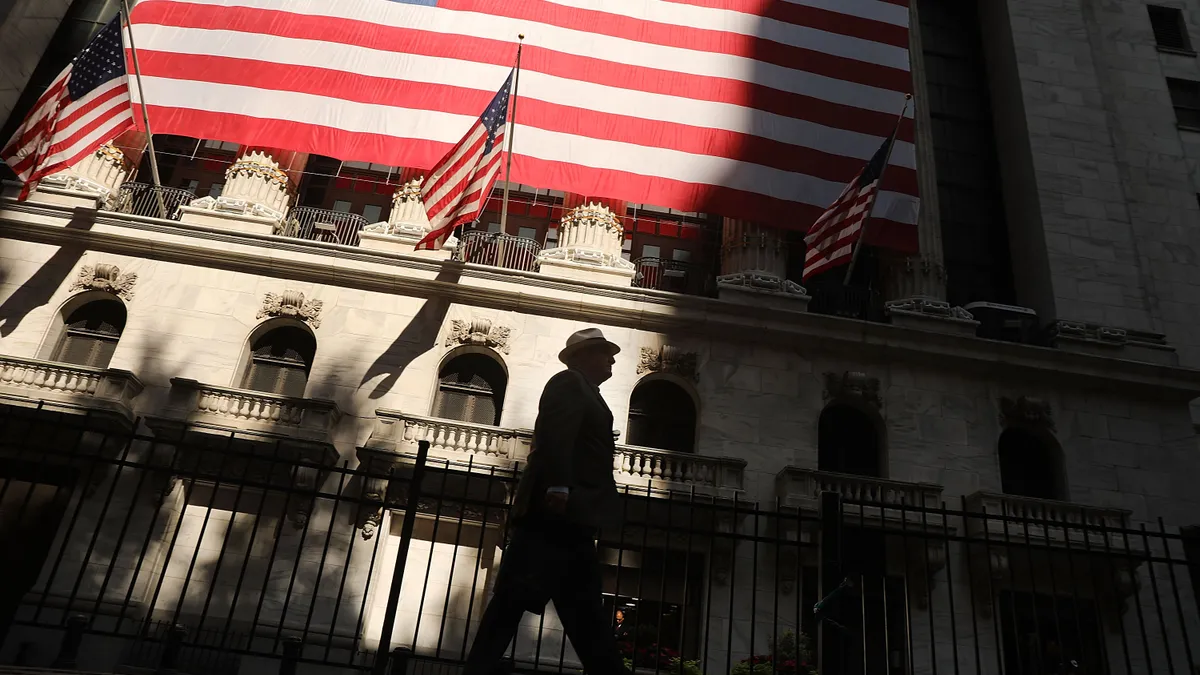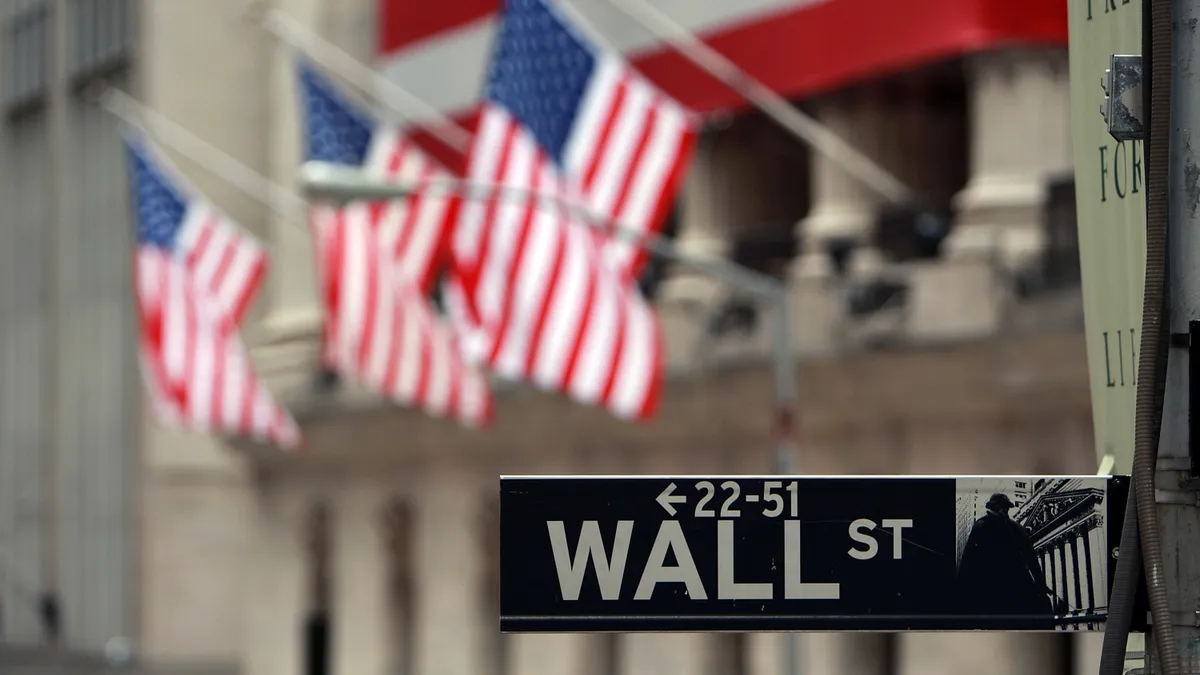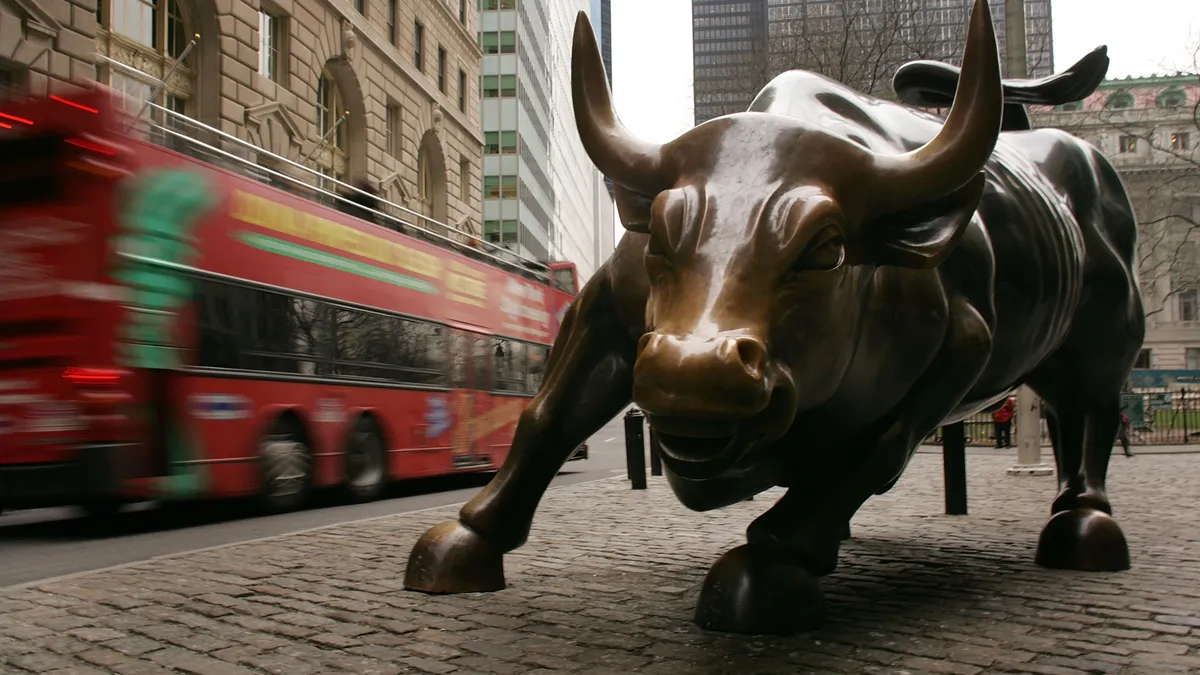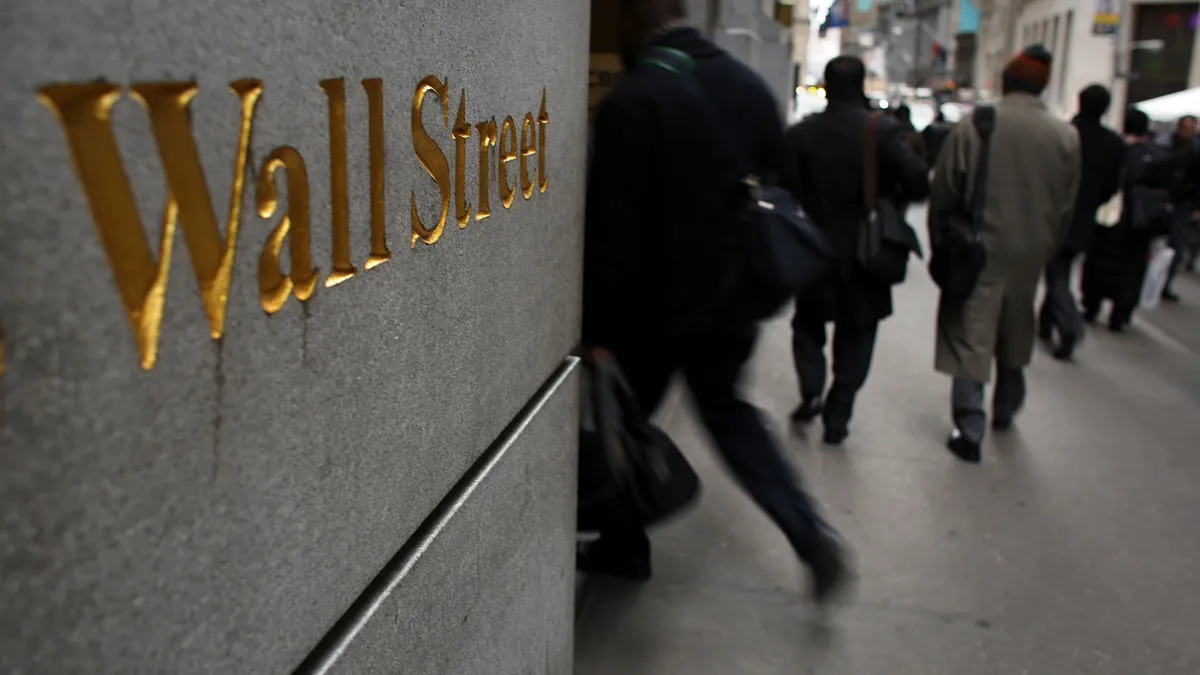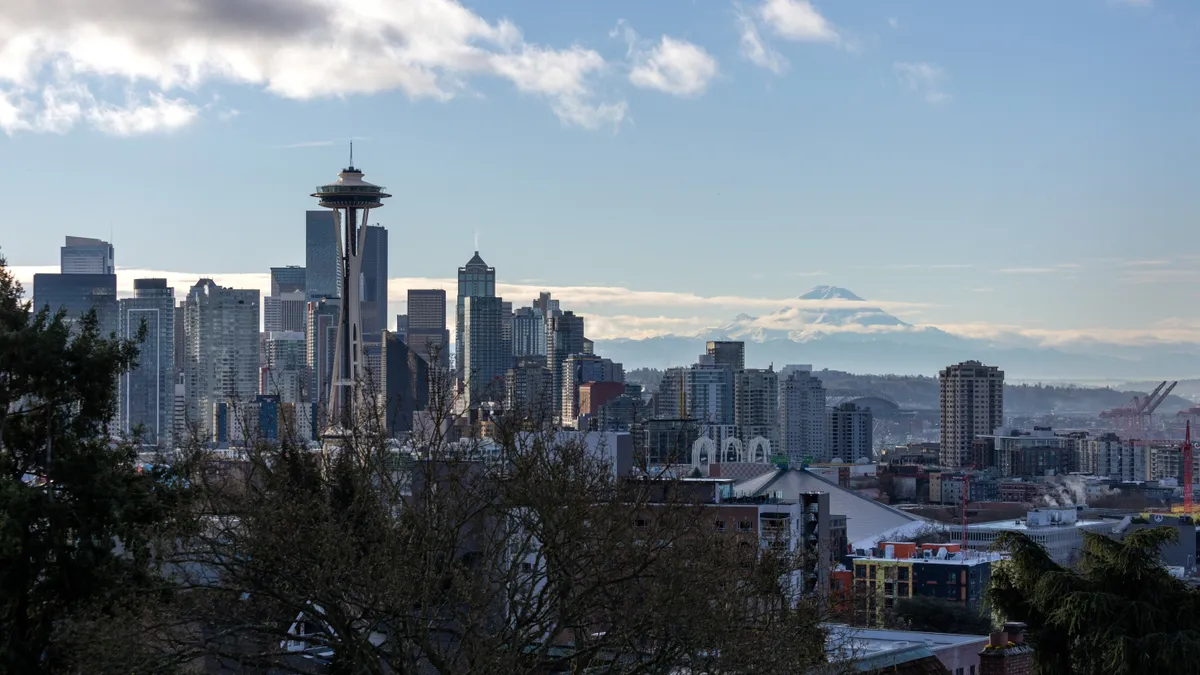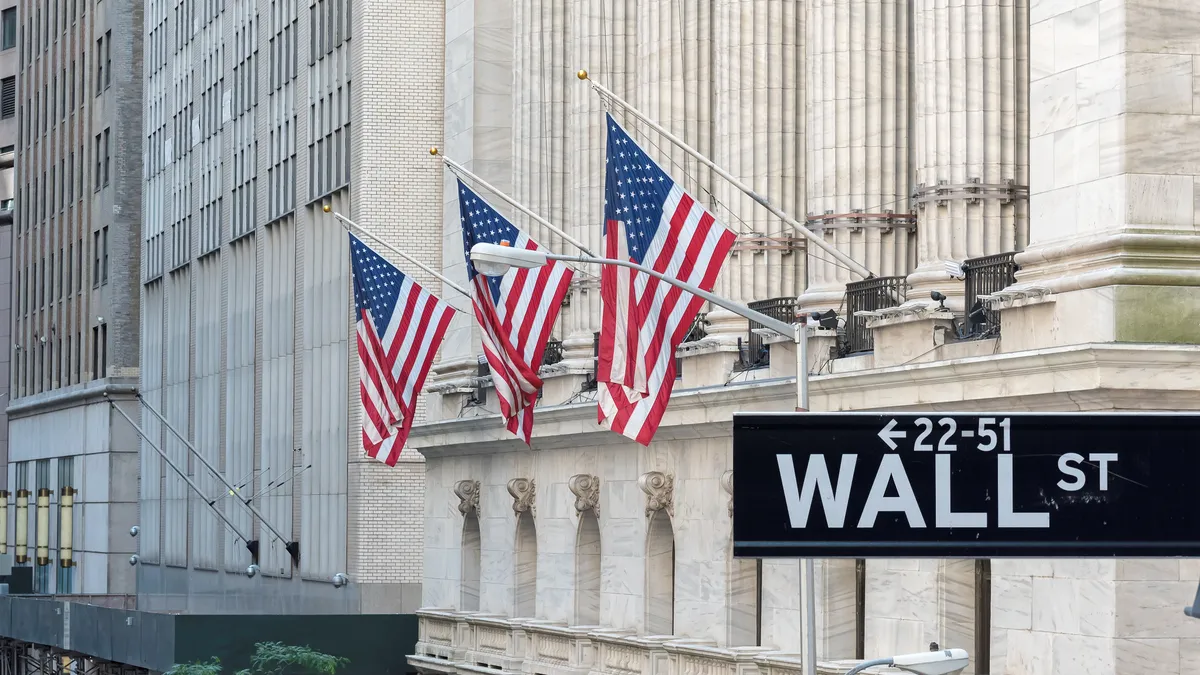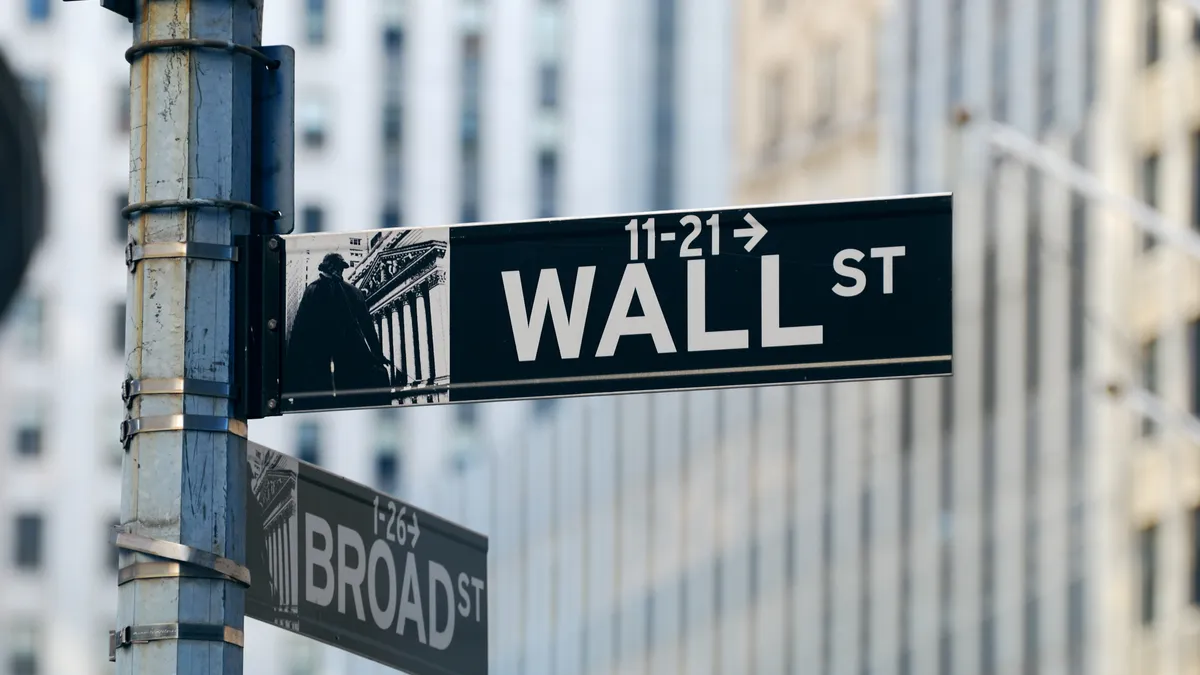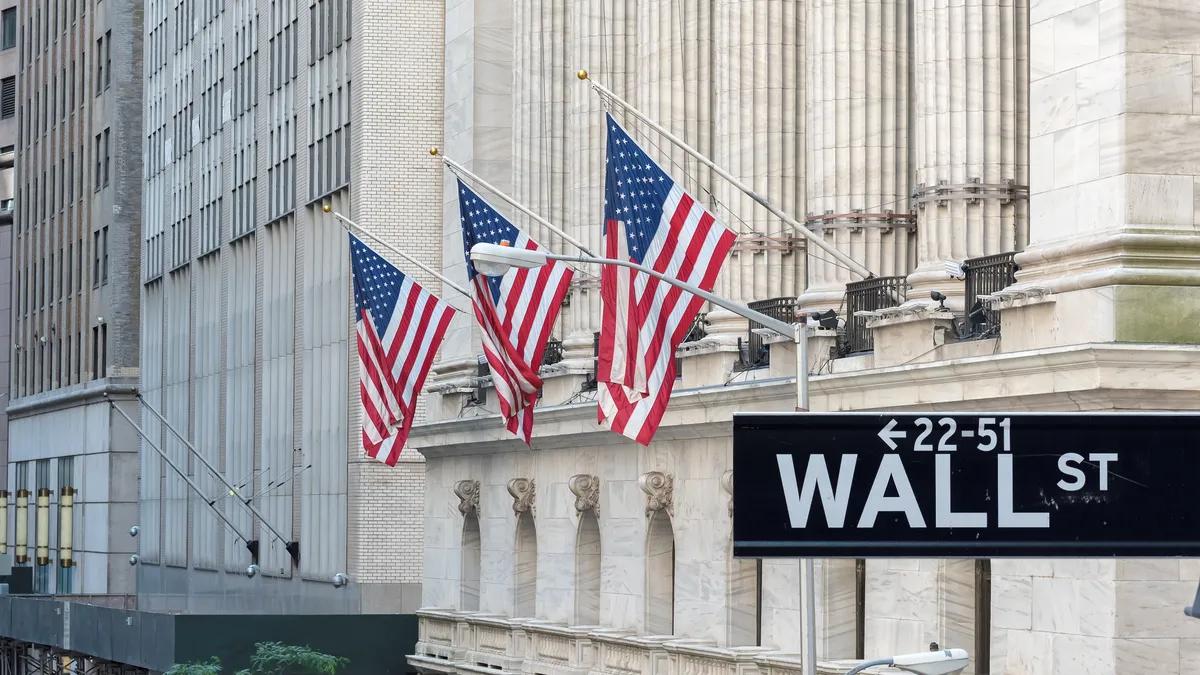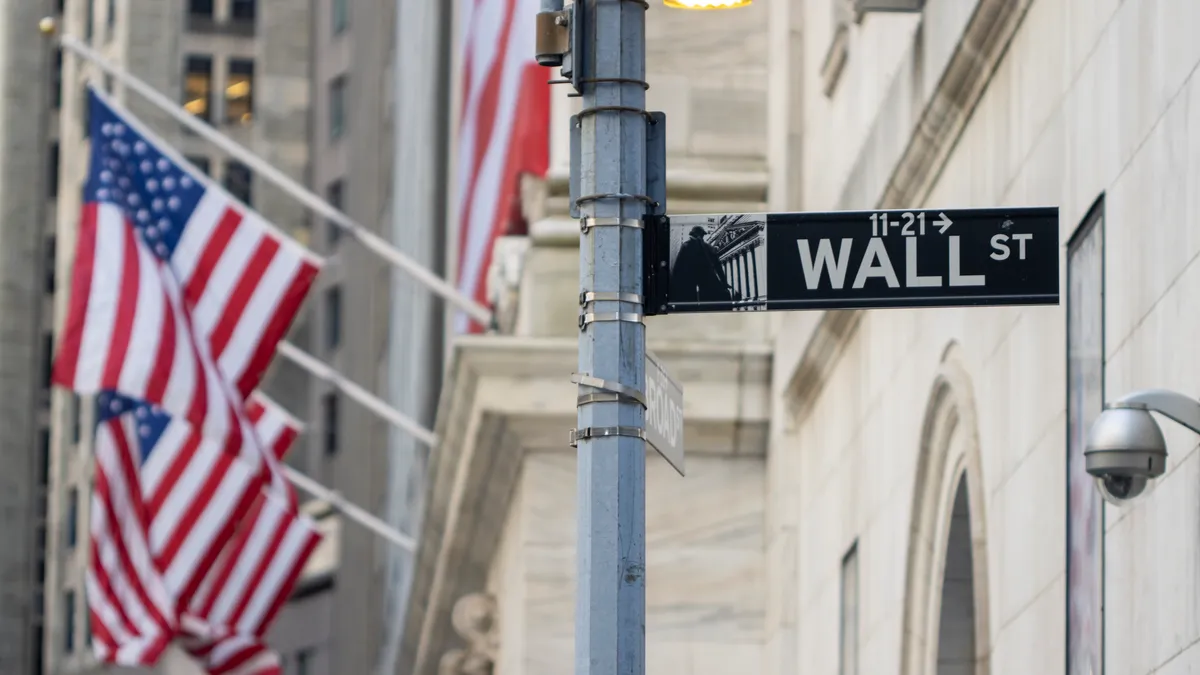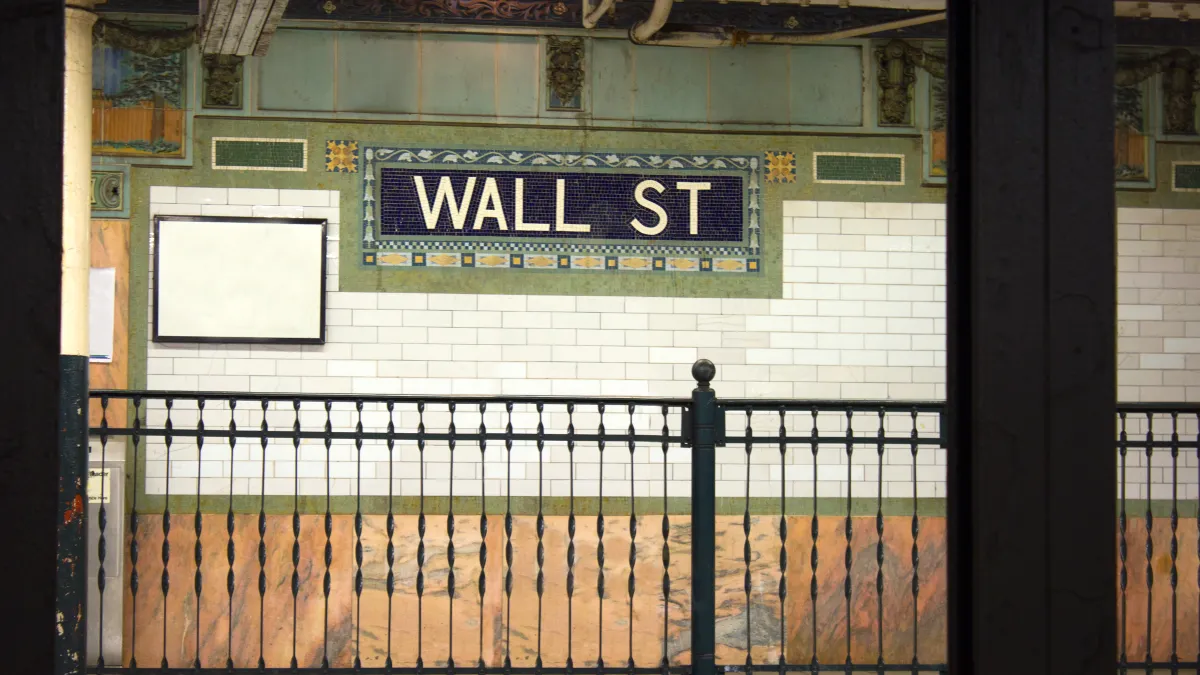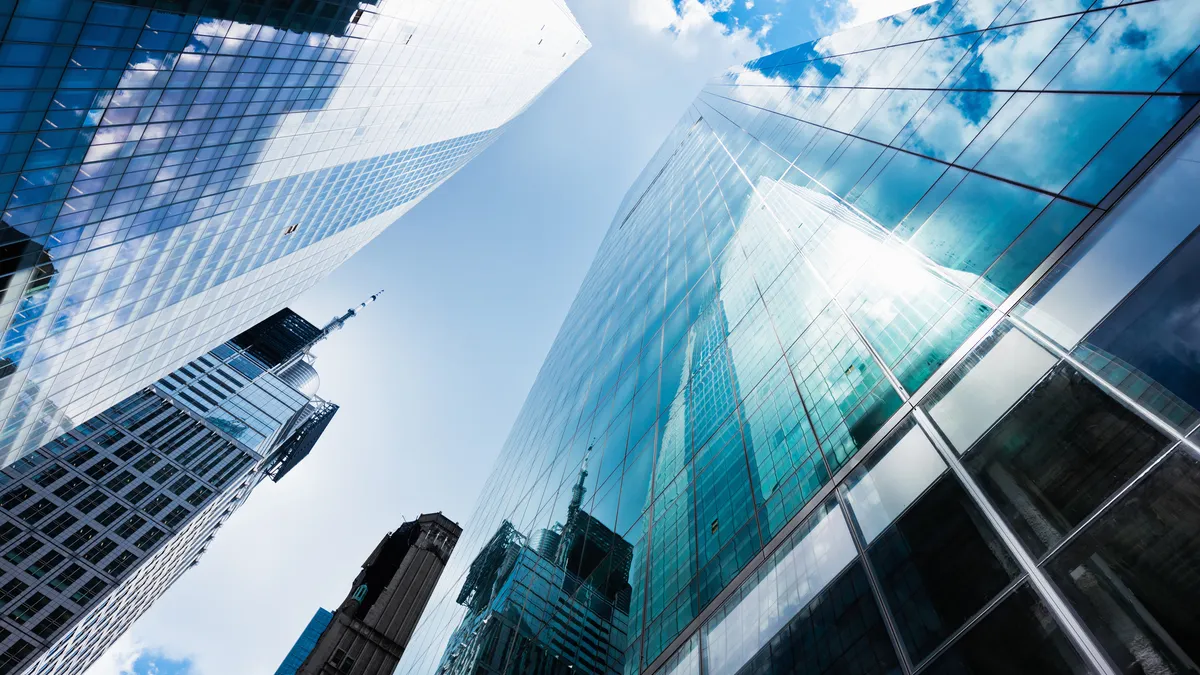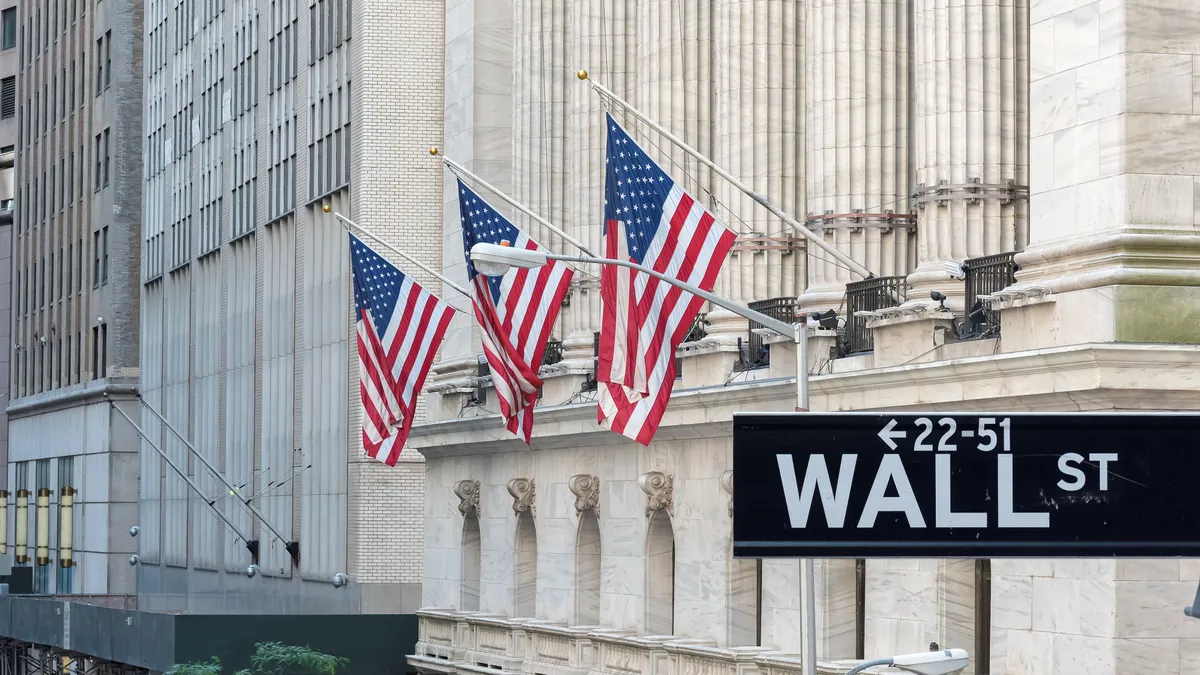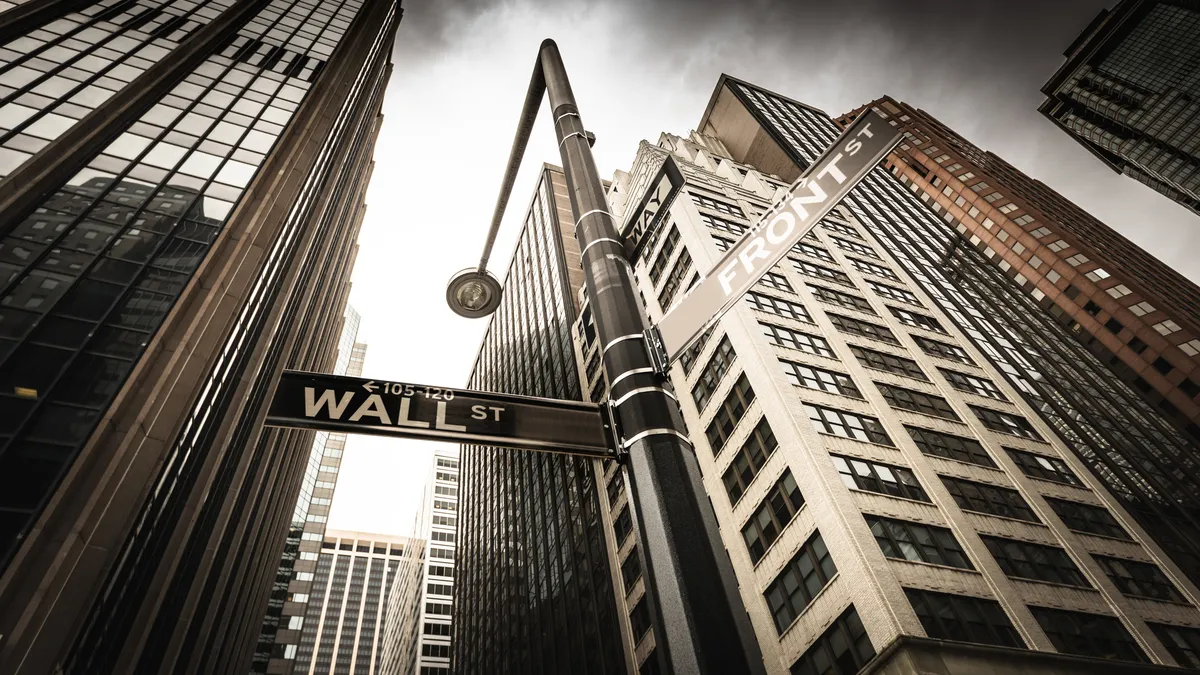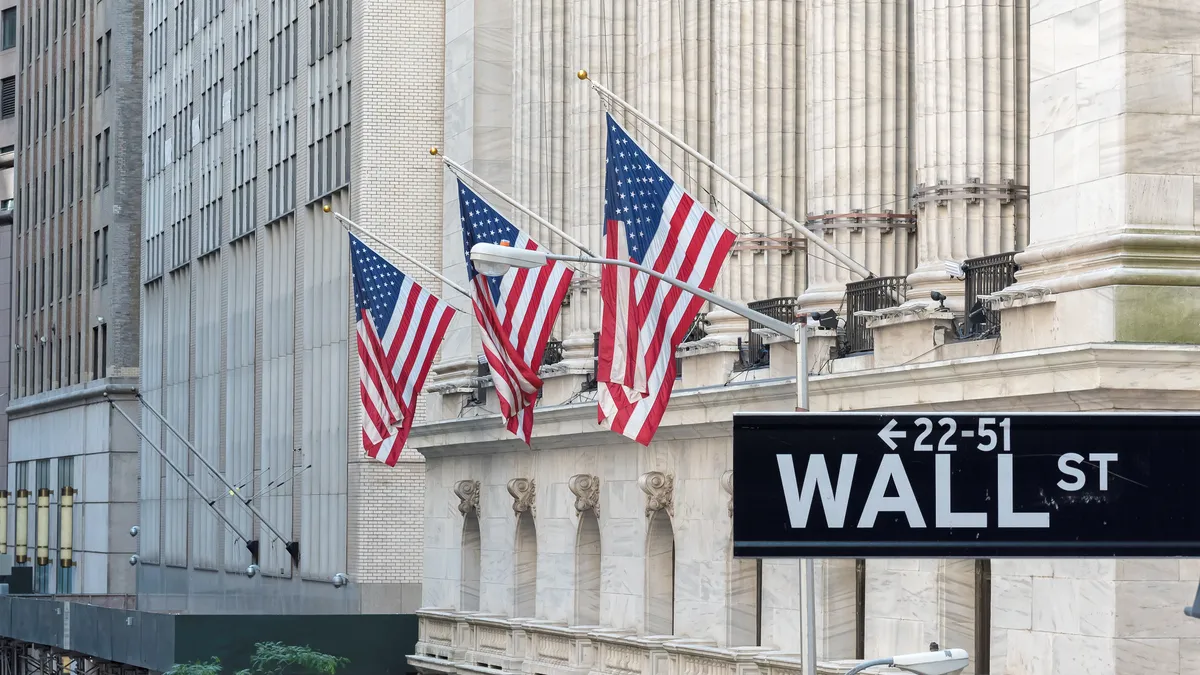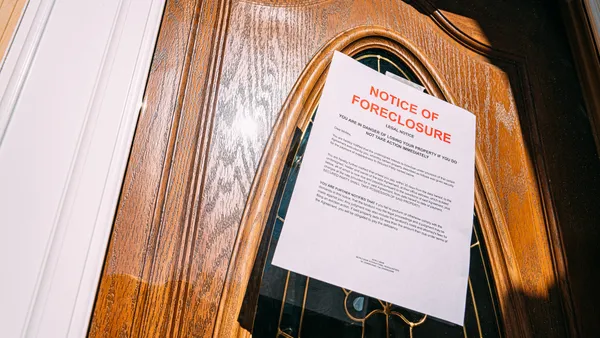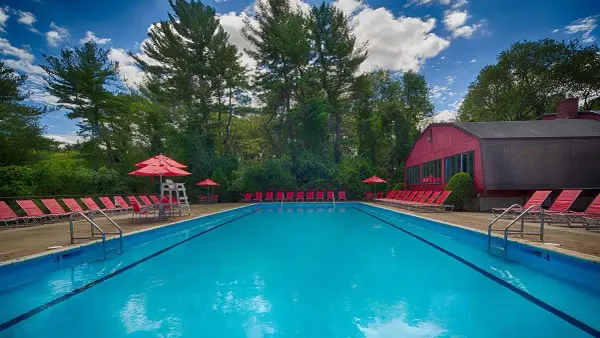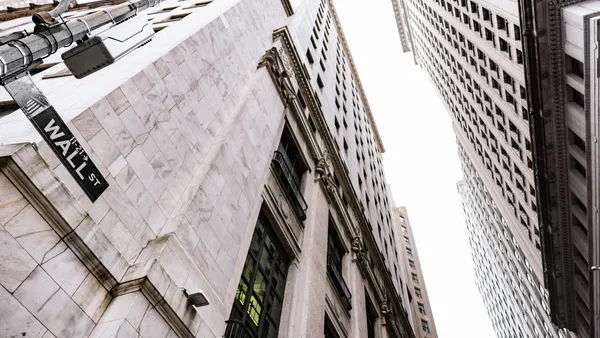Equity Residential kicked off 2024 apartment REIT earnings reports last week by beating analyst expectations with strong revenue and expense numbers in the first quarter.
The Chicago-based REIT’s funds from operations of $0.93 per share topped consensus by two cents. Its 4.1% year-over-year same-store revenue growth and 1.3% same-store expense growth produced a 5.5% boost in net operating income. Expectations were for 3% NOI growth.
However, analysts were disappointed that EQR’s results didn’t translate into higher guidance for the coming quarters. Nevertheless, the results provide early signs of a healthy multifamily operating market.
“Looking ahead, EQR's better-than-expected Q124 performance, especially in key West Coast markets, and sequential improvement into early Q224 bode well for its coastal peers' portfolios and suggests the company can exceed its FY24 operating/earnings outlook,” wrote Haendel St. Juste, managing director of REITs for investment bank Mizuho Securities in a research note.
Here are three other takeaways from EQR’s earnings release and call with analysts:
Rents hold up
New lease rents fell 2.2% YOY, which was still a 230 basis point improvement compared to Q4 2023. The REIT’s renewals jumped 4.7% YOY, a 40 bps decline from the previous quarter.
“Our efforts to build occupancy in the fourth quarter of 2023, coupled with continued strong demand and high resident retention, have resulted in both slightly above-average rent growth since the beginning of the year and a 50 basis point quarterly sequential gain in physical occupancy,” Michael Manelis, chief operating officer, said on the REIT’s Q1 earnings call.
EQR’s portfolio hit 96.5% in April, one of its highest-ever occupancies for the month, according to Manelis. Low first-quarter turnover contributed to that number. In the quarter, the REIT renewed 61% of its residents.
“One of the real highlights of the quarter was our turnover, which is the lowest we have ever seen,” Manelis said. “Our focus on customer satisfaction, harnessing data and leveraging our centralized renewal team to drive results is definitely having an impact here.”
Strong demand
EQR’s strong occupancy in Q1 wasn’t just a result of renewals. Demand is also playing a significant role.
“Strong demand and high single-family housing costs are consistent conditions across both our coastal established markets — that represent 95% of our company's NOI — and our new expansion markets of Dallas-Fort Worth, Atlanta, Denver and Austin [Texas] that collectively represent 5% of our NOI,” CEO Mark Parrell said on the call.
BY THE NUMBERS
| Category | Q1 | YOY Change |
| Property revenue | $716.7 million | 4.1% |
| Net operating income | $484.8 million | 5.5% |
| Operating expenses | $231.9 million | 1.3% |
| Funds from operations | $0.87 | 2.4% |
| Rent per unit | $3,077 | 3.4% |
| Occupancy rate | 96.3% | 50 bps |
But those two groups of markets have vastly different competitive situations as developers continue to deliver new supply in the Sun Belt. “With the exception of Seattle and central [Washington,] D.C., in our established coastal markets, we see the terrific demand … being met with generally little new supply, leading to solid rent growth,” Parrell said.
Demand is driven by the cost to buy houses in this high interest-rate environment, with an all-time low of just 7.2% of EQR’s residents moving out to buy a home. The economic health of its target renter demographic also helps, he said.
“Unemployment for the college-educated, a very sizable percentage of our residents, remains at around 2%, considerably lower than the overall average,” he said.
Expenses moderate
After seeing significant expense hikes in previous years, EQR started 2024 with only a slight increase.
“Our 1.3% growth in the quarter was better than expected and driven by a decrease in both utilities and repairs and maintenance, coupled with pretty flat on-site payroll expense growth,” Maenlis said.
Lower commodity prices helped to drive down utility expenses by 5%. EQR expects more savings from adding 26 future solar installations to its 55 active systems. “We also intend to take advantage of federal and local incentive programs to continue to accelerate our sustainability efforts and moderate future utility growth,” Manelis said.
Lower turnover pushed repair-and-maintenance expenses down by 2.2%, but that number could grow in coming quarters.
“From a growth trajectory standpoint, remember that Q2 and Q3 are usually the higher growth rate periods because you have more turnover going on in the portfolio because you're in the leasing season,” EQR CFO Robert Garechana said on the call. “So, you expect those growth rates to be higher.”
Click here to sign up to receive multifamily and apartment news like this article in your inbox every weekday.



